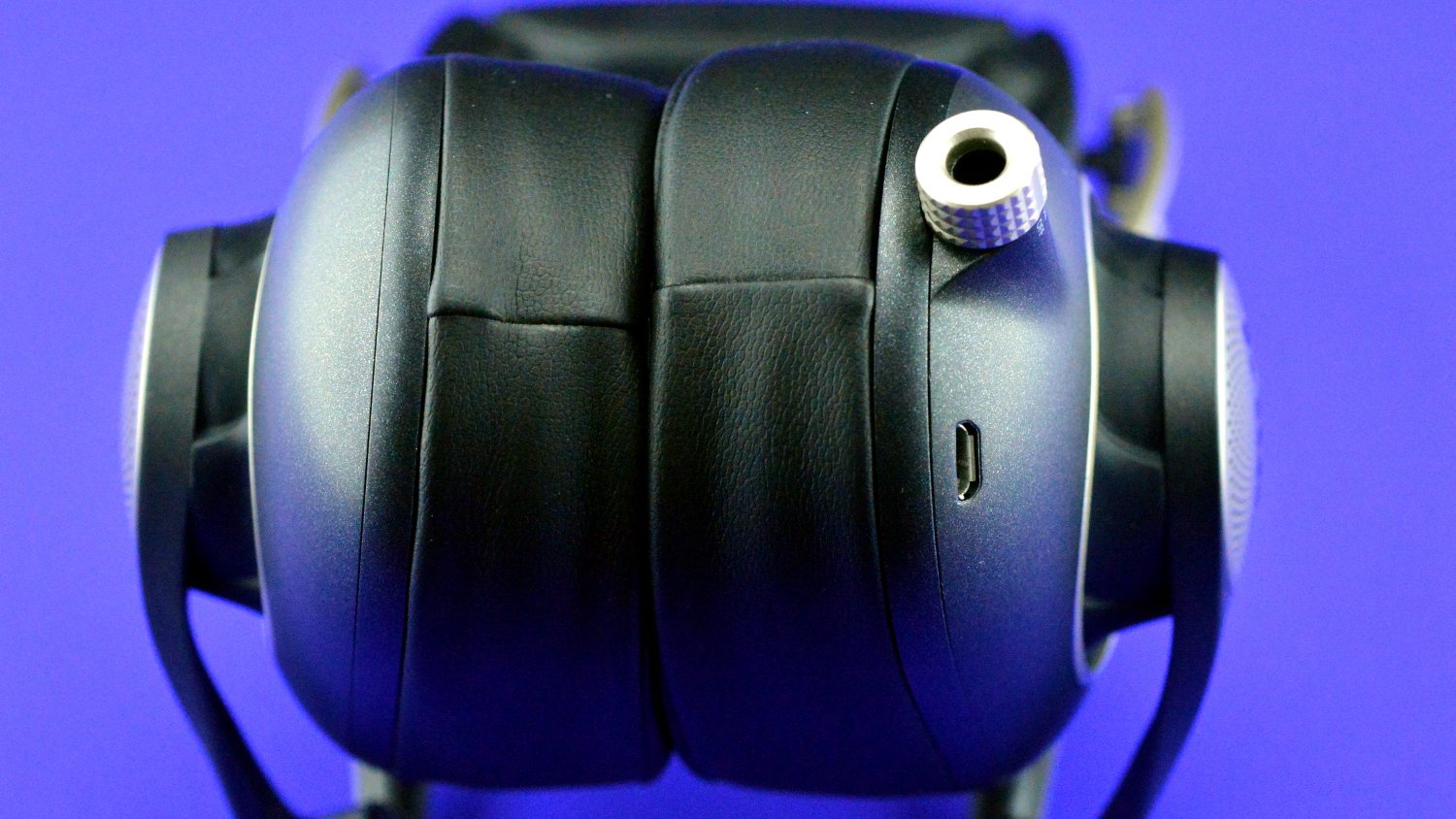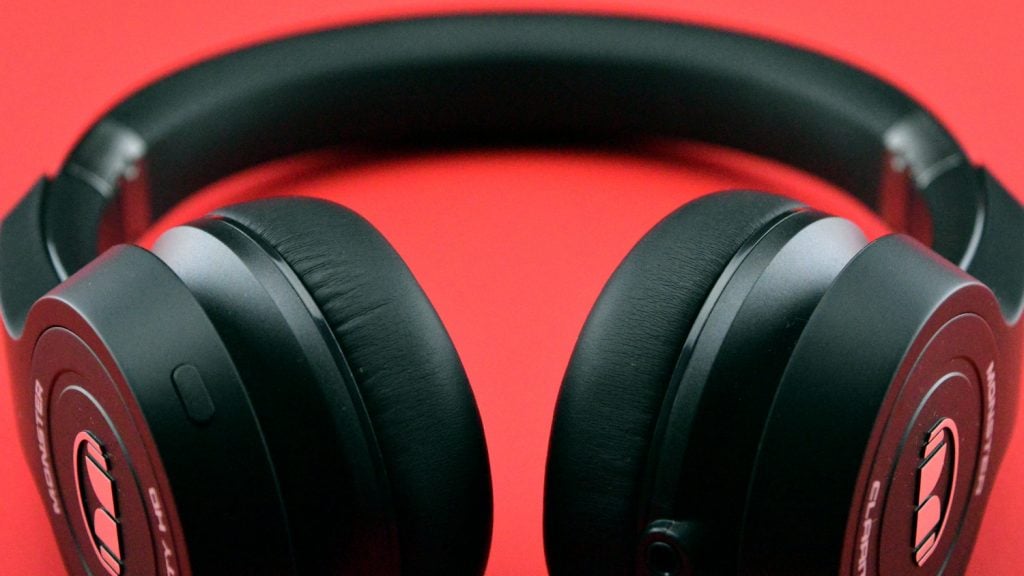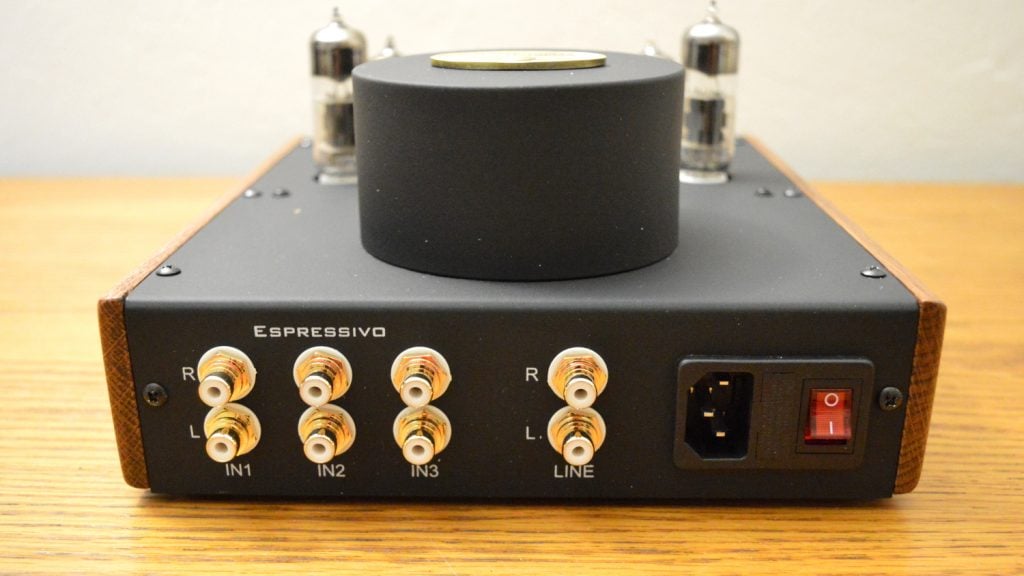Every pair of headphones is different. Even different headphones of the same model are slightly different, however inaudible that difference may be. When it comes to sound quality, there are a number of things to look for — including frequency response, harmonic distortion, and so on.
Of course, you may have looked at the “Tech Specs” section at the end of our reviews and scratched your head a little — which makes sense. There are some complex measurements going on there. This guide is our attempt at explaining those measurements.
Frequency response
Perhaps the most important thing to consider when looking at the sound quality of a pair of headphones is their frequency response. But what exactly does that mean? Put simply, it’s how a pair of headphones handle low-end (bass), mid-range (mids), and high-end (treble). A combination of these things is important — it would be useless for a pair of headphones to have terrible bass response yet an excellent high-end response. Unfortunately, however, situations like that are all too common.
For an audiophile, the best-case-scenario is when the frequency curve shown above is completely flat. Some, however, prefer more bass-heavy headphones or headphones with a little more high-end. In a frequency graph like the one above, the left hand side is low frequencies, while the right-hand side shows high-end.
Bass
Bass has become perhaps the most important frequency range for many consumers, and that’s no coincidence. Bass isn’t just emphasized by headphone-makers — it’s emphasized by music producers and recording artists too. A good bass response, however, is sometimes hard to come by. Of course, that bass can’t be too powerful — otherwise the risk is that the headphones sound muddy or overpowering.
The bass covers a range of different instruments, however those commonly associated with it include the bass guitar or bass synth, kick drum, and so on.
Mids
The mid-range is often overlooked by reviewers, but we think it’s a pretty important aspect of how they sound. Mid-range, however, has to be handled very carefully. Too many low-mids make headphones sound muddy, while too many high mids make headphones sound like an AM radio.
So what kind of instruments like in the mid-range? Well, almost all of them, but generally vocals and guitars live up near the top of the mid-range, while tom-toms and some deeper synths live in the low-mids.
Highs
High frequencies are the third and final frequency range most important in how headphones sound. The high end is often overlooked by headphone-makers, but the high-end can make or break them. Put simply, headphones with too little high-end sound dull and boring, while headphones with too much sound shrill and overly bright.
There are a few instruments that live up in the high-end, however most simply have aspects that sit there — like the pluck on a guitar string, or the breath of a singer. Then, there are things like cymbals and shakers, which generally sit almost uniquely in the high frequencies.
Sensitivity
The sensitivity of a pair of headphones basically dictates how loud they’ll be given a certain level of power from the source. In general, sensitivity is measured by Sound Pressure Level, or SPL, per 1mW of power. One milliwatt is one thousandth of a watt, and in general the volume, or SPL, sits between 80 – 125dB SPL.
What does that mean? Well, for comparison, 80dB is around the volume of a busy street, 100dB is around the volume of a standard factory, and 120dB is the threshold of pain — so if you listen to music at 120dB SPL, you will likely hurt yourself. In fact, even 90dB SPL can cause damage after a certain amount of time. Generally, you’ll start sustaining damage to your ears after listening to music at 90dB for 8 hours, 100dB for 2 hours, and 120dB for less than 7 minutes.
So what are we looking for here? Well, in general we want to see whether or not you need a headphone amplifier to get decent results out of these headphones. Generally, you don’t. Sometimes, however, you do.
Impedance
Impedance also has to do with the volume a pair of headphones can deliver — however this measurement is a little technical and difficult to explain without getting deep into physics, so we’ll try and break it down as best as we can.
Impedance basically defines how well headphones can handle power. The lower the impedance, the less power that is necessary to deliver high enough audio levels. Headphones with higher impedance, however, need more power to deliver high volumes — but they are also more protected from being damaged by overloading from headphone amplifiers. Headphones with a higher impedance can also be used with a wider range of equipment.
Generally speaking, low impedance headphones, or under 50 ohms (50Ω) will play well with most consumer devices — like smartphones and computers. High impedance headphones, however, are better suited to home use with a headphone amplifier.
There are some very high impedance headphones available — but if you buy those, you should look into the types of equipment you’ll be using with them and whether or not they’re really appropriate for your use.
Total harmonic distortion
At higher volumes, your headphones may not perform as they do at lower volumes. In other words, the drivers’ diaphragm may start to distort, which ends up causing certain frequencies to sound a little crackly.
That’s where this measurement comes in — the lower the total harmonic distortion, or THD, the less of a chance there is of the headphones distorting. A higher THD, however, means that the headphones are much more likely to distort at lower volumes.
In general, you should be looking for headphones with THD levels below 0.1%. Many headphone manufacturers list their THD levels for a particular set of headphones — and if they do, we’ll note that level in the “Tech Specs” section of our review.
Input power
Input power directly relates to the sensitivity of a pair of headphones, and isn’t necessarily a specification carried by the headphones themselves. Normally, headphone makers give two values — a “rated” input power, and a maximum input power. The maximum is technically the amount of power you can deliver to a pair of headphones without damaging them, however you probably won’t even want to get near that maximum input power.
The rates input power, on the other hand, gives you an idea of the best level of power to deliver the headphones to achieve their best sound.
Generally speaking, headphone power specifications are very broad estimates, so they’re sometimes somewhat meaningless.
Conclusions
There are some pretty technical things to consider when testing headphones — and thankfully you don’t have to memorize all these specs. That’s what our reviews are for — simplifying headphone testing. If you do want to learn a little more about headphones, however, hopefully this guide has helped you do that.







